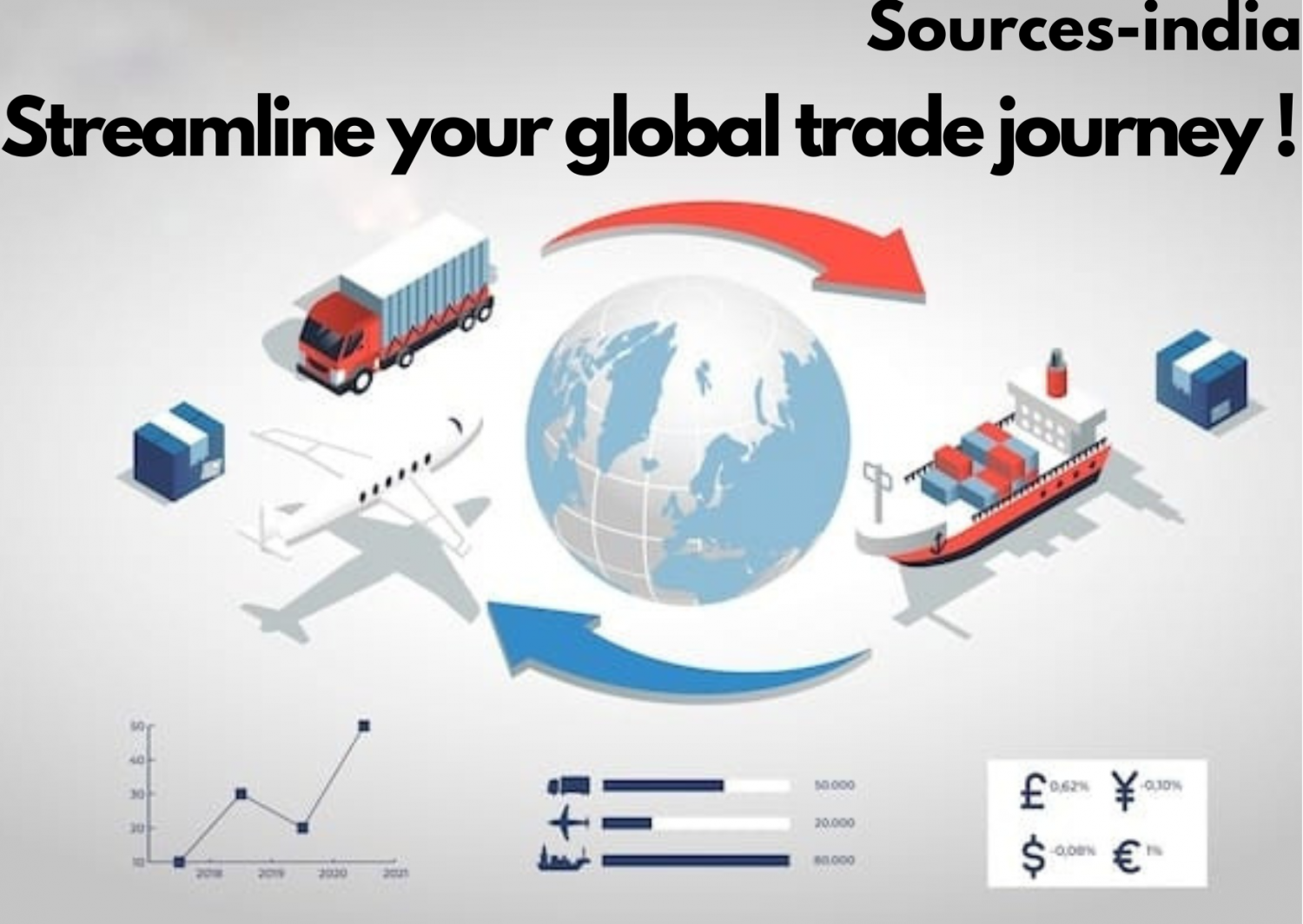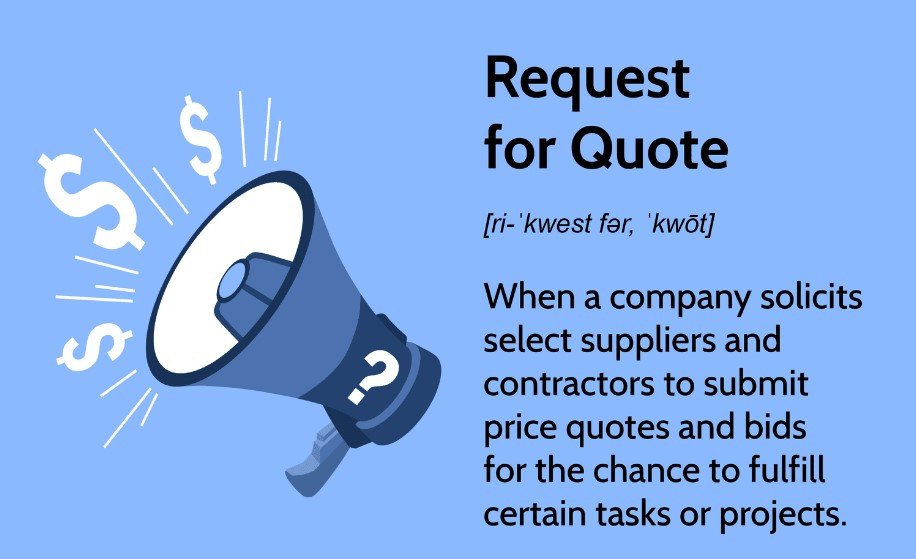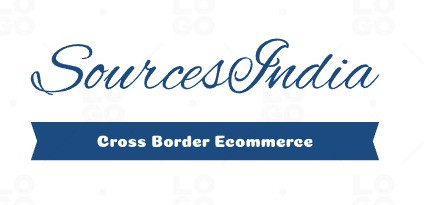Blogs

Trade can facilitate the digitization process
Trade can facilitate the digitization process. Trade has the potential to lower the price of digital network access. Reducing trade barriers that impact telecommunications services can cut access prices by promoting competition, even as telecom providers raise data caps to support people staying connected over physical distances. Reduced maintenance and growth expenses for digital networks can also be achieved by lowering tariffs on network equipment. Access to the gadgets that allow us to connect to the Internet is another benefit of trade. One of the most internationalized industries is computers and related equipment, with 80% of its value added coming from outside the country. But these digital enablers are still susceptible to tariffs, which emphasizes how crucial it is for nations to accede to the WTO Information Technology Agreement in order to provide duty-free access to these goods.

4 Trends in cross-border logistics
4 Trends in cross-border logistics 1. Growing e-commerce consumer demand. 2. The value of analytics and data. 3. The growing significance of technology in international logistics. 4. Long-term viability of international logistics.

Challenges in Cross-Border Logistics
Challenges in Cross-Border Logistics Companies must manage a number of obstacles in international logistics, which can be difficult and complex, to guarantee the efficient and timely delivery of goods. Here are a few of the primary difficulties: Customs regulations. Language barriers. Transportation infrastructure. Political instability. Currency fluctuations.

Opportunities in Cross-Border Logistics
Opportunities in Cross-Border Logistics Greater accessibility to markets: Through access to new markets and consumers, cross-border logistics enables businesses to grow their clientele and boost profits. Businesses can take advantage of the expanding e-commerce trend to expand their consumer base internationally and market their goods and services. Lower expenses: Cross-border logistics can also assist businesses in cutting costs by maximizing logistics operations and taking advantage of economies of scale. For instance, businesses can utilize technology to increase supply chain visibility and save inventory costs or combine shipments to save money on transportation. Enhanced effectiveness: Businesses may enhance customer satisfaction by streamlining their logistical processes, cutting lead times, and speeding up deliveries by utilizing technology and data analytics. Supply chain diversification: Additionally, by diversifying their supply chain, businesses can lessen their reliance on a single supplier for finished goods or raw materials thanks to cross-border logistics. This can lessen the likelihood of events like trade disputes, natural disasters, and unstable political environments. Tactical collaborations: Companies can also increase their cross-border logistics capabilities by working with local partners or logistics providers. Companies can lower risks, obtain access to local knowledge, and enhance their logistics skills in new areas by collaborating with local partners. In essence Because they typically have numerous warehouses worldwide and their own courier network in every nation, fulfillment service providers can make excellent local partners. Since precise movement of items and management over the remaining inventory in warehouses are critical components of efficient delivery, it is imperative that such a partner has its own software.

Logistics-The Backbone of Cross-Border Trade
Logistics: The Backbone of Cross-Border Trade Cross-border trade is largely dependent on logistics since it entails a number of crucial tasks, such as warehousing, inventory management, and transportation. The foundation of cross-border trade is logistics, which guarantees the efficient and seamless movement of goods across international borders. Businesses need to have solid logistics plans that account for the particular difficulties associated with international last-mile delivery in order to guarantee the efficient flow of goods. For instance, disparate product standards, intricate documentation requirements, and distinct customs laws. Supply Chain Management: A Key Component of Cross-Border Logistics A strategic method for controlling the movement of products, services, and information from the point of origin to the point of consumption is supply chain management. To attain the best supply chain performance, it entails the integration and coordination of processes including sourcing, procurement, production, transportation, warehousing, and distribution. Demand planning, inventory control, supplier relationship management, and logistics optimization are just a few of the best practices that must be put into practice for supply chain management to be effective. These procedures are designed to reduce expenses, increase productivity, and improve customer value. Supply chain managers use a variety of cutting-edge tools and technologies, including data analytics, RFID technology, and enterprise resource planning (ERP) systems, to accomplish these goals. With the use of these technologies, they can keep an eye on supply chain activity, spot bottlenecks, and make data-driven choices that will improve operations. In the interim, supply chain management can assist companies in controlling the hazards related to international shipping. For instance, companies may guarantee that they have enough inventory on hand to satisfy client demand while lowering the risk of stock outs or overstocking by putting strong inventory management procedures into place. Similarly, companies may reduce the risk of disruptions from things like bad weather, labor strikes, or geopolitical crises by building good connections with suppliers and logistical providers. Warehousing: Ensuring Efficiency Businesses need to have sufficient warehouse space that can handle the special needs of international trade, like varying product standards and laws. Furthermore, in order to avoid stock outs and delivery delays, businesses need to have real-time visibility into their inventory levels.

Cross-border trade with a Digital Freight Corridor
Improving cross-border trade with a Digital Freight Corridor With the world being increasingly digitalized, automation is becoming essential to all industries to expedite processes like manufacturing. Operations in the supply chain and logistics are becoming increasingly tech-savvy. The industry today has all it needs to be digital forever, whether it is the deployment of Cargo Community System, Port Community System, Regulatory Single Window System, or independent ERP systems such an Air Cargo Management System/Yard Management System. While all of these solutions provide for sophisticated information sharing and real-time cargo visibility for all parties involved, there needs to be smooth data interchange between two airports or ports and parties involved in the destination nation. Connecting two community systems, or the digital interface of two or more airports or ports, is the solution to this problem. The establishment of a Digital Freight Corridor offers remarkable and smooth trading advantages to both the source and destination countries' stakeholders. The following are some advantages of a digital goods corridor. Optimal data flows Trade visibility and transparency Paperless trade

Challenges in Cross-Border Logistics
Challenges in Cross-Border Logistics The challenge is in effectively handling courier, freight, freight forwarding, air cargo, and related global supply chain requirements. Using cross-border logistics is the answer. The handling and tracking of items as they go through your supply chain is a fundamental aspect of logistics. Cross-border shipping increases the difficulty of transporting your goods to their destinations when they must travel through another nation. Several factors, such as more documentation, the possibility of delays at customs, and multi-carrier handoffs, make international product shipping far more difficult than is practical for smaller businesses. Every company aspires to maintain a competitive advantage in the industry. A company can enhance its operational standing by optimizing logistics tactics that impact the transportation of goods across international borders. Professional personnel, systems, and procedures must be in place at logistics partners with cross-border freight management experience to aid in the smooth transfer of commodities from one nation to another. Critical duties soon get beyond the capabilities of a small business in the absence of assistance from a third party logistics professional.

Cross Border Logistics
Cross Border Logistics A crucial component of the supply chain, cross-border logistics concentrates on the effective movement of goods as they move from one nation to another. Its goal is to make it easier for goods being sent across international borders to comply with legal and tax requirements in addition to offering transportation services. Cross-Border Freight Shipping Types Regardless of the volume of cargo you need to import or export into Canada, we possess the necessary logistics know-how to accelerate freight shipments and minimize the expenses associated with delays at the border. We can even facilitate the expediting of imports into Canada for less than $3,300. International Freight Forwarding: We can expedite delivery into the Canadian market and assist in managing the import and export of commodities into and out of North America. For delivery into Canada, we load containers aboard ocean ships after picking up shipments offshore.

Customer retention
What does it mean to retain customers? The ability of a business to keep consumers as repeat clients and keep them from moving to a rival is known as customer retention. It shows whether the caliber of your service and product satisfy your current clientele. Additionally, it is essential to the majority of subscription-based businesses and service providers. Businesses implement procedures and programmes known as customer retention strategies in an effort to increase client lifetime value and foster customer loyalty. Lead generation and customer acquisition are not the same as client retention. It concentrates on clients who have previously enrolled in your service or made a transaction. However, maintaining a clientele involves more than simply business dealings—it involves building connections. According to research, consumers compare their relationships with businesses to their friendships. Consumers want brands that are trustworthy, genuine, and sensitive to their needs. To increase brand loyalty, concentrate on building buyer relationships with your current clientele. Even in the face of alternatives, these consumers will stick with your brand. Your brand will be more resilient in volatile markets if it has this devoted customer base.

Acquiring and Retention of Customers
Acquiring Customers: The main benefit of client acquisition is that it can increase revenue and your customer base quickly. You may reach a wider audience and increase sales by actively looking for new clients. Businesses that are just getting started or those that need to expand their clientele quickly may particularly benefit from this. Customer acquisition can be costly, which is a drawback. Advertising, lead scoring techniques, and other cumbersome procedures require investments. Additionally, locating, contacting, and converting prospects into consumers can require a significant amount of time and work. Retention of Customers: The primary benefit of client retention is that it can be a more economical approach to boost long-term revenues, decrease customer attrition, and improve customer loyalty. You may improve the quality of service you provide current clients, incentivize them to return, and foster a sense of loyalty among them by concentrating on customer retention. In the long run, this can help you save money by lowering client attrition. The drawback of client retention is that outcomes may not appear right away. Building trust and loyalty with customers takes time, and gauging the effectiveness of your client retention campaigns can be more challenging.

A Guide for Businesses
How to Attract and Retain International Customers: A Guide for Businesses. Creating opportunities to sell your goods or services is one of the most crucial aspects of running a successful business.The ability to generate leads, close deals, and cultivate client relationships is essential for any successful organization. To generate sales chances, you must first determine who your target customer is. This entails being aware of your ideal clientele and the goods or services they require. When it comes to determining who your target or potential consumers are, the Buyer Persona method can be quite helpful. Additionally, by understanding your target market, you may make offers that are specific to the needs and interests of your clients. The goal of marketing strategies is not just to acquire more clients or leads. Developing a loyal customer base is just as crucial as bringing in new business. In order to keep a consumer in today's market, you need to establish a rapport with them and provide a positive shopping experience. One of the finest methods to generate prospects for sales is to cultivate relationships with clients. It is imperative to ensure that you are delivering exceptional customer service to your clients and promptly attending to their questions and comments. In order to establish genuine connections with clients and win their trust, you need also engage with them proactively. These are but a few pointers for increasing your chances of making sales. In the end, correctly identifying our potential clients and utilizing the data to better understand them are the most crucial steps towards attracting them and creating sales chances.

Frequently Asked Questions
Which kinds of export finance exist? Pre-shipment finance, post-shipment finance, export finance against bill collection, delayed export finance, and export finance against allowances and subsidies are the five categories of export finance. What advantages does export finance offer? Businesses benefit from export finance in a number of ways, including cash management and currency rate protection. What benefits does import finance offer? Businesses benefit from increased flexibility, improved cash flow, increased creditworthiness, less default risks, and other factors when they use import financing.











